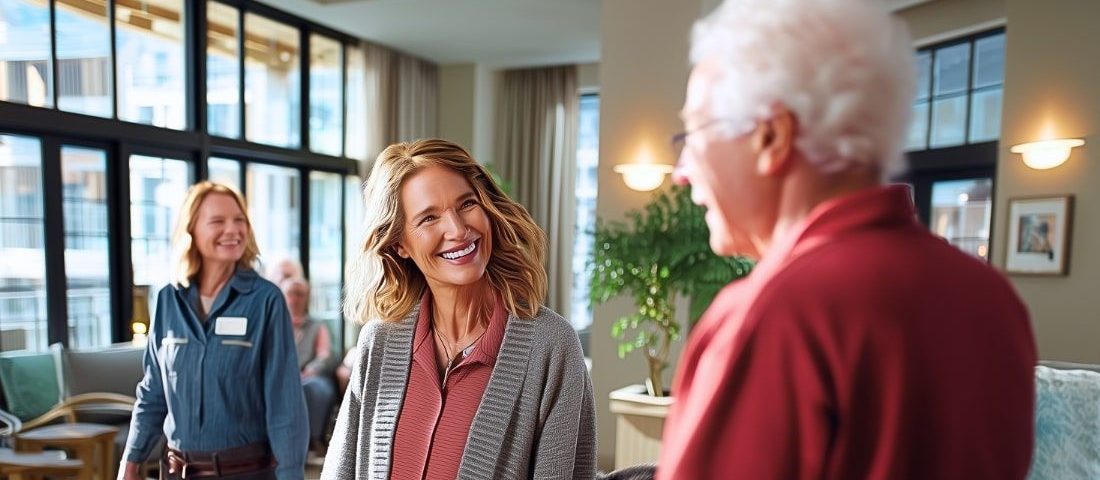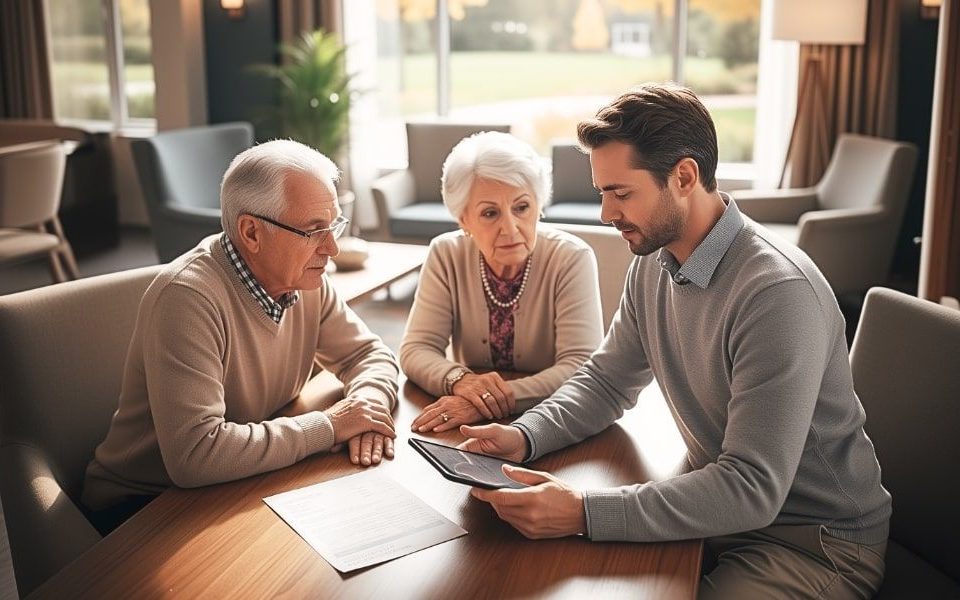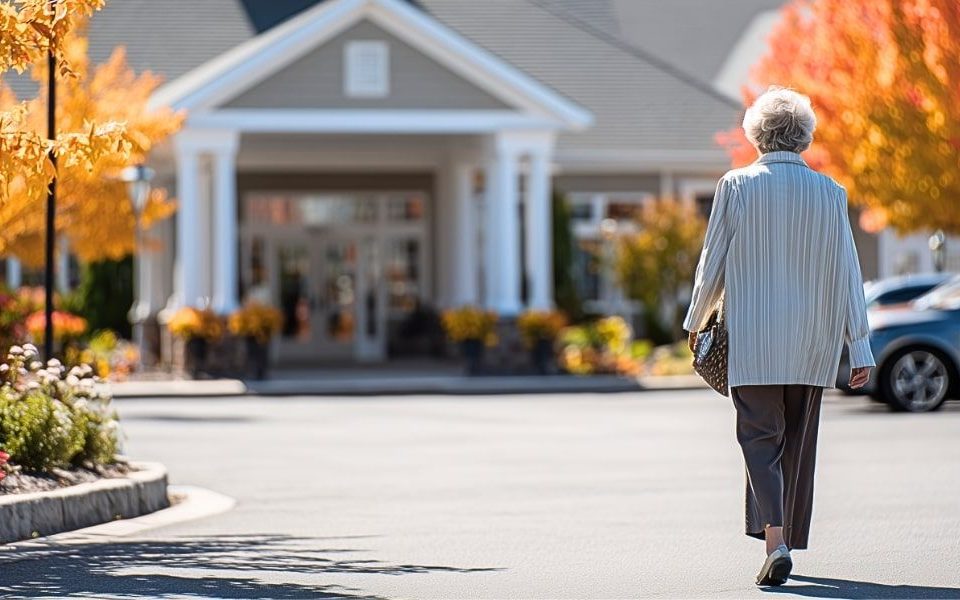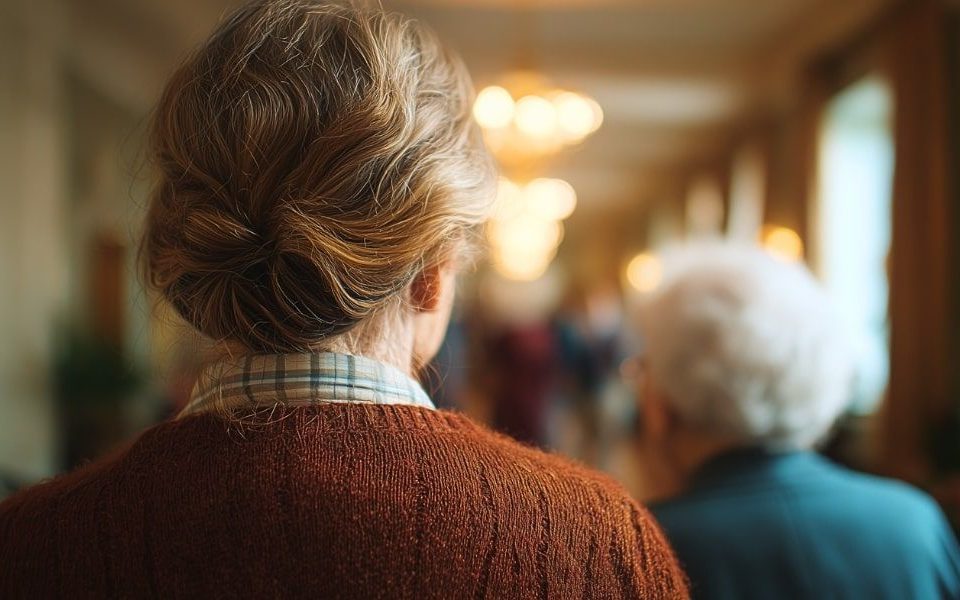
Safety is one of the cornerstones of creating and running a senior living community. It’s the promise that brings security to residents, reassurance to families, and confidence to caregivers. Safety is also a key factor when choosing a senior living community.
Creating a safe environment involves more than emergency systems and routine checks. It includes thoughtful design, trained staff, and a strong emphasis on resident well-being. You also can’t forget the importance of safety protocols in senior living communities.
Families entrust their loved ones to these communities, expecting safety and dignity to be their top priorities. Meeting that expectation takes more than policies. It requires a culture rooted in vigilance, respect, and accountability. Safety protocols support resident independence, reassure families, and strengthen the community’s trust.
Understanding Safety Protocols in Senior Living Communities
Creating a safe and supportive environment in senior living communities requires a comprehensive approach. The core pillars of safety include emergency preparedness, health protocols, personal security, and environmental safety. Together, these elements protect residents’ well-being, promote independence, and foster trust among families.
Emergency Preparedness and Response
Senior living communities maintain detailed emergency plans to minimize risks and protect residents. Fire safety measures include alarm systems, evacuation routes, and staff trained in fire suppression and response. For natural disasters like hurricanes, communities secure the premises and stock essential supplies.
Trained staff handle medical emergencies using response systems and accessible records. Clear communication with residents and their families remains a top priority in all situations.
Health and Wellness Protocols
Strict infection control measures, including hand hygiene, regular sanitization, and outbreak management, help protect everyone on-site. Visitor policies strike a balance between protection and meaningful family interaction.
Staff administer medication through a monitored system, with pharmacist oversight ensuring accuracy and adherence to standards. Fall prevention efforts include environmental checks, assistive devices, exercise programs, and vision screenings. To support well-being, culinary teams follow food safety guidelines, accommodate dietary needs, and encourage hydration.
Personal Security and Protection
Senior living communities use access controls, visitor logs, and common area surveillance to maintain a safe environment. Call systems in rooms and shared spaces, along with optional wearable devices, help ensure prompt responses. Staff conduct regular check-ins to support safety without compromising independence.
All staff receive training to prevent and report abuse or neglect, supported by clear protocols that ensure the upholding of resident rights. Secure storage and a reliable lost-and-found system help protect personal belongings.
Environmental Safety and Maintenance
Environmental safety protocols in senior living communities cover facility integrity and consistent maintenance. Buildings undergo routine inspections to assess structural soundness. Staff perform regular maintenance on HVAC, plumbing, and electrical systems to ensure safe and consistent operation. They also adhere to strict cleaning schedules to ensure cleanliness and sanitation. Pest control and waste management protocols further support a hygienic living space.
Ramps, grab bars, wide pathways, and lighting help reduce the risk of accidents and support mobility and independence. Staff regularly inspect all mobility aids, medical equipment, and kitchen appliances to ensure efficiency. These checks help minimize potential hazards and support overall safety within the community.
Resident and Family Involvement
Safety is a shared commitment. Residents and their families play a crucial role in creating a safe, healthy, and secure environment.
- Resident Education: Residents receive guidance on operating call systems and locating emergency exits.
- Family Communication: Staff keep families informed of safety protocols and policy updates. Their feedback and concerns help strengthen transparency and trust.
- Active Participation: Residents participate in safety drills and share insights from their experiences. Families collaborate with staff to enhance safety practices and communication.
Experience Peace of Mind at Mountainside Senior Living
Safety protocols are a crucial part of senior living. At Mountainside Senior Living, we take a proactive approach with emergency readiness, health protocols, security, and maintenance.
Families can feel confident knowing their loved ones are not only protected but also supported in a socially connected community.
Contact us today or schedule a tour and see how we create a safe and welcoming environment for our residents.



